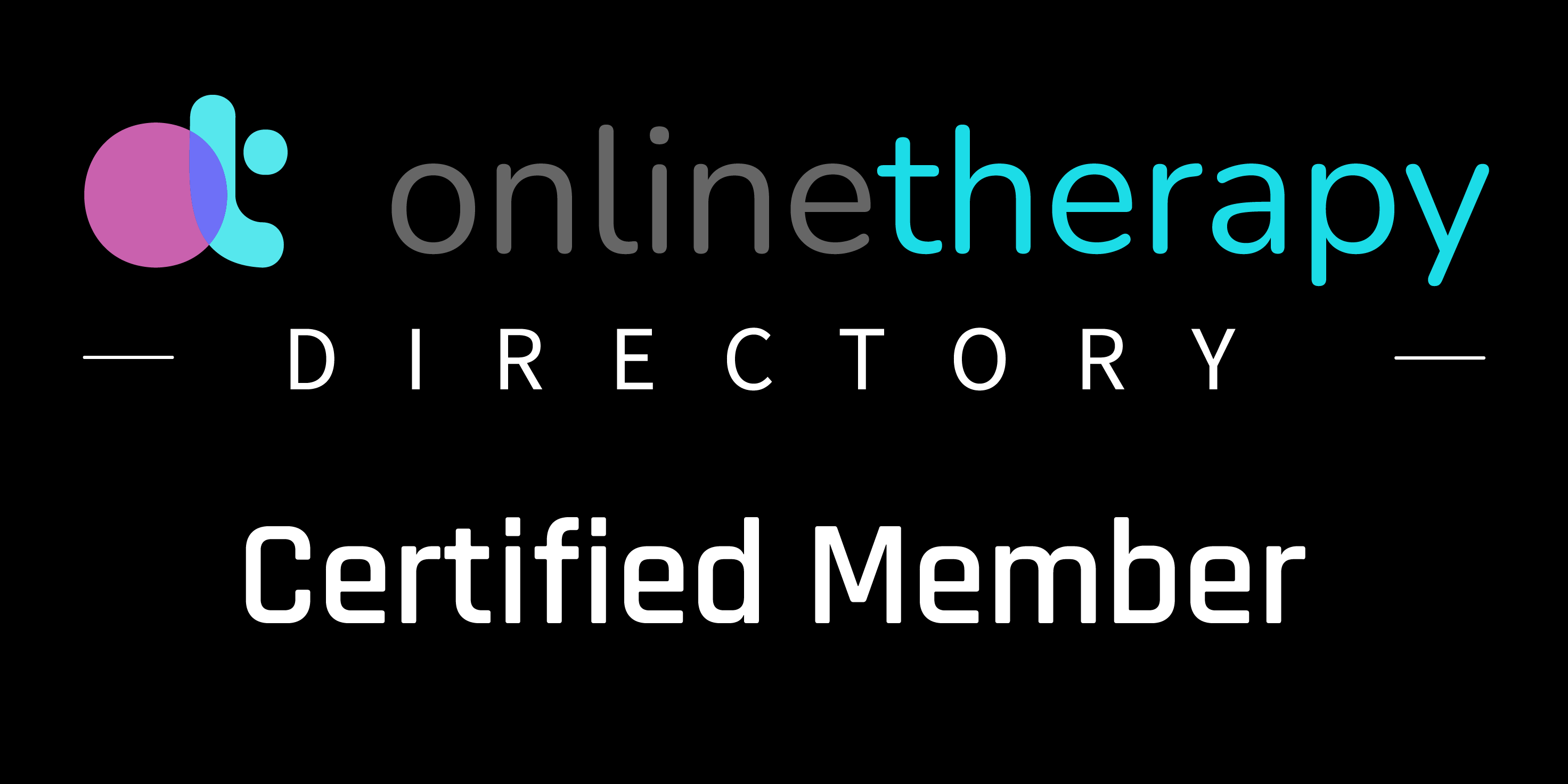If you often worry that everyone you love will leave you, you’re not alone. Many people struggle with a deep fear of abandonment, especially those with unstable early attachments or conditions like Borderline Personality Disorder (BPD). This fear can be overwhelming and often spills into many parts of life—especially your relationships. In Schema Therapy, this persistent fear is known as the abandonment schema—a maladaptive pattern that can be changed. In this post, we’ll explain what the abandonment schema is, how it develops, how it affects you, and how you can start to heal. The goal is to offer understanding, hope, and practical steps toward healing.
What Is the Abandonment Schema?
The abandonment schema is a core belief that the people you rely on will eventually leave you. In Schema Therapy, a schema is like a deep emotional theme or lens shaped by early life. If you have an abandonment schema, you might constantly feel on edge that loved ones will withdraw, disappear, or replace you. It’s more than an occasional worry – it’s an ongoing expectation that relationships are unstable or won’t last.
People with this schema often struggle to feel secure, even in healthy relationships. You might have thoughts like, “It’s only a matter of time before they leave me,” even without evidence. Importantly, this schema is not your fault—it usually stems from earlier experiences beyond your control. And because it was learned, it can be unlearned with time and support.
How Does the Abandonment Schema Develop?
Maladaptive schemas typically form in childhood or adolescence, when we’re most vulnerable and impressionable. The abandonment schema often arises from early experiences that teach a child that relationships may not be safe or reliable. For example:
- Unstable or Absent Caregivers: If a parent or caregiver was frequently away (due to work, illness, addiction, etc.) or was emotionally unstable and unpredictable (maybe even loving one moment and angry or absent the next), you learned that support could disappear at any moment.
- Early Separation or Loss: If you experienced a major loss or separation early on – like a parent leaving the family, a divorce, or the death of someone close – it could instill a deep fear that people you depend on can vanish suddenly.
- Emotional Neglect: Not all abandonment wounds come from someone physically leaving. If your caregiver was there but emotionally cold, dismissive, or too busy to comfort you, you may have felt invisible or unimportant. This can lead a child to believe that no one will truly be there for them when it counts.
Over time, a child in this environment might start to believe, “People I love won’t be there for me.” This belief becomes the abandonment schema. It often remains in the background until a stressful moment in adult life (like conflict or distance in a relationship) triggers those old feelings again.
Impact on Emotions, Thoughts, and Relationships
An abandonment schema can flood you with intense emotions. At the thought of someone you love pulling away — or even a small sign like a delayed text or canceled plans — you might feel a wave of anxiety or panic. There can also be deep sadness or loneliness, as if some part of you is already mourning a loss that hasn’t even happened. Anger might flare up too; for example, you could suddenly feel hurt or furious at a friend or partner if you think they’re abandoning you (even if it’s a misunderstanding). Alongside these feelings come alarming thoughts. Your mind might jump to catastrophic conclusions, like “They haven’t called me back; I must have done something wrong,” or “She’s quiet today, she must not love me anymore.” In the moment, these thoughts and feelings are overwhelming and feel absolutely real.
To cope with the fear and pain, people with an abandonment schema often develop certain relationship patterns. Some become clingy, seeking constant contact and reassurance because any distance feels scary. Others get jealous or controlling, feeling deeply threatened if their loved one spends time with someone else or has interests outside the relationship. On the flip side, some push others away or avoid intimacy to protect themselves — they figure if they don’t get too close (or if they leave first), they won’t get hurt. Unfortunately, these behaviors can strain relationships. The irony is that in trying so hard to prevent abandonment, you may inadvertently push people away, which then reinforces the very fear you’re trying to avoid.
Case Example: Emily’s Story
Emily grew up with a loving mother who had to travel often for work, leaving Emily anxious and afraid each time she left. Now at 28, Emily finds that if her boyfriend doesn’t respond to a text right away or wants a weekend to himself, she panics. She might bombard him with messages or assume he no longer cares, which often leads to fights and strained relationships. Eventually, Emily sought help through Schema Therapy. In therapy, she realized her intense reactions stemmed from that childhood fear of being left. She learned to pause when she felt the panic rising, soothe herself (with deep breaths and kind self-talk), and communicate her worries more calmly instead of lashing out. Over time, Emily still feels that flicker of fear occasionally, but now she handles it in a much healthier way — and her relationship is stronger for it.
Strategies for Healing the Abandonment Schema
Overcoming an abandonment schema takes time, but every small step counts. Here are some strategies based on Schema Therapy principles to help you heal:
1. Notice and Name the Fear: When your fear hits, pause and acknowledge it. Tell yourself something like, “I’m scared of being abandoned right now.” Recognizing it can help you step back instead of reacting automatically.
2. Soothe Your Inner Child: Comfort yourself like you would a scared child. For example, say to yourself, “I know you’re scared, but I’m here with you.” This kind of self-compassion gradually heals that lonely, fearful part inside you.
3. Challenge the Scary Thoughts: Catch those scary thoughts and question them. Ask if there’s another explanation or any real evidence for what you’re thinking. Then try to replace “They’re going to leave me” with a calmer thought like, “Maybe they’re just busy.”
4. Communicate and Seek Support: Let trusted people know about your fears so they can support you (for example, by giving reassurance when you’re anxious). Also consider professional help—Schema Therapy (and therapies like DBT if you have BPD) can guide you toward healing. Reaching out for help is a brave step, and it can make a big difference.
Moving Forward with Hope
Remember, this fear started as a way to protect you from pain. Now you have a chance to rewrite that story. Change takes time, so be patient and celebrate small steps (like handling a trigger better than before). You are not “too needy” or broken; you’re a person healing from old wounds. With practice and support, the fear will loosen its grip. You deserve stable, loving relationships, and with time you can have them. Others have overcome this schema, and you can too. Stay patient and hopeful — you’re on the path to a calmer, more secure life.















